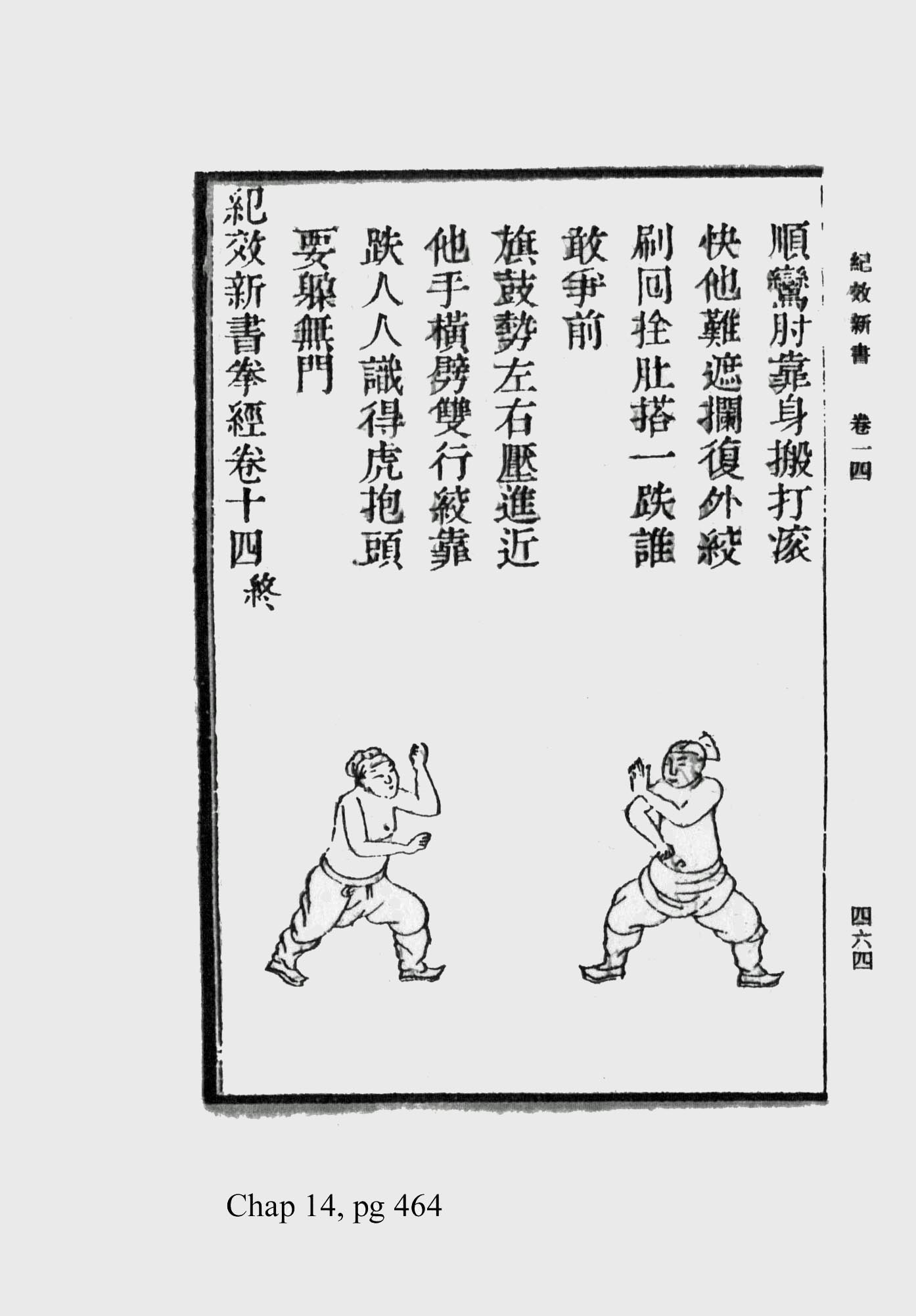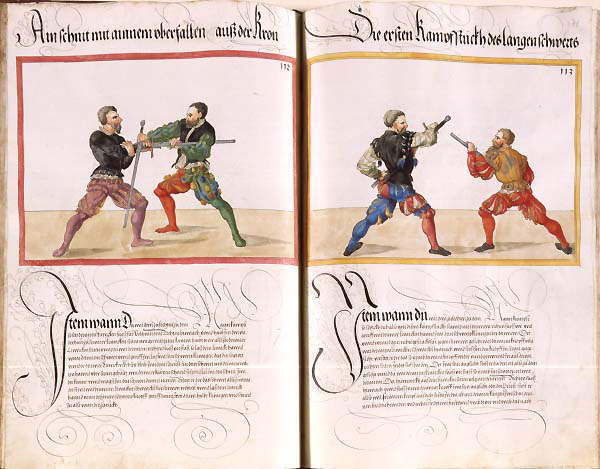|
Jörg Wilhalm
Jörg Wilhalm was an early 16th-century German people, German Historical European martial arts, fencing master, hatmaker, and citizen of Augsburg. There are six fechtbuchs attributed to Wilhalm: * 1522 Cod.I.6.4°.5, 47 folia, Augsburg University library, bought by Paulus Hector Mair in 1552. * 1522 Cod.I.6.2°.3, 43 folia, Augsburg University library, bought by Mair in 1561. * 1523 Cod.I.6.2°.2, 72 folia, Augsburg University library, bought by Mair in 1544. * 1523 Cgm 3711, 102 folia, München. * Cgm 3712, 212 folia, München. * MS 862 MS Cgm 3711 is peculiar in that some of the fencers are represented in humorous carnival costumes. See also * Fechtbuch * Historical European Martial Arts References * Hans-Peter Hils, Hils, Hans-Peter, ''Meister Johann Liechtenauers Kunst des langen Schwertes'', Lang (1985). German historical fencers German milliners Year of birth missing Year of death missing {{Germany-fencing-bio-stub ... [...More Info...] [...Related Items...] OR: [Wikipedia] [Google] [Baidu] |
German People
, native_name_lang = de , region1 = , pop1 = 72,650,269 , region2 = , pop2 = 534,000 , region3 = , pop3 = 157,000 3,322,405 , region4 = , pop4 = 21,000 3,000,000 , region5 = , pop5 = 125,000 982,226 , region6 = , pop6 = 900,000 , region7 = , pop7 = 142,000 840,000 , region8 = , pop8 = 9,000 500,000 , region9 = , pop9 = 357,000 , region10 = , pop10 = 310,000 , region11 = , pop11 = 36,000 250,000 , region12 = , pop12 = 25,000 200,000 , region13 = , pop13 = 233,000 , region14 = , pop14 = 211,000 , region15 = , pop15 = 203,000 , region16 = , pop16 = 201,000 , region17 = , pop17 = 101,000 148,00 ... [...More Info...] [...Related Items...] OR: [Wikipedia] [Google] [Baidu] |
Historical European Martial Arts
Historical European martial arts (HEMA) are martial arts of European origin, particularly using arts formerly practised, but having since died out or evolved into very different forms. While there is limited surviving documentation of the martial arts of classical antiquity (such as Greek wrestling or gladiatorial combat), surviving dedicated technical treatises or martial arts manuals date to the Late Middle Ages and the early modern period. For this reason, the focus of HEMA is ''de facto'' on the period of the half-millennium of ca. 1300 to 1800, with a German and an Italian school flowering in the Late Middle Ages and the Renaissance (14th to 16th centuries), followed by Spanish, Portuguese, French, English, and Scottish schools of fencing in the modern period (17th and 18th centuries). Arts of the 19th century such as classical fencing, and even early hybrid styles such as Bartitsu, may also be included in the term HEMA in a wider sense, as may traditional or folkloristi ... [...More Info...] [...Related Items...] OR: [Wikipedia] [Google] [Baidu] |
Augsburg
Augsburg (; bar , Augschburg , links=https://en.wikipedia.org/wiki/Swabian_German , label=Swabian German, , ) is a city in Swabia, Bavaria, Germany, around west of Bavarian capital Munich. It is a university town and regional seat of the ''Regierungsbezirk'' Schwaben with an impressive Altstadt (historical city centre). Augsburg is an urban district and home to the institutions of the Landkreis Augsburg. It is the third-largest city in Bavaria (after Munich and Nuremberg) with a population of 300,000 inhabitants, with 885,000 in its metropolitan area. After Neuss, Trier, Cologne and Xanten, Augsburg is one of Germany's oldest cities, founded in 15 BC by the Romans as Augsburg#Early history, Augusta Vindelicorum, named after the Roman emperor Augustus. It was a Free Imperial City from 1276 to 1803 and the home of the patrician (post-Roman Europe), patrician Fugger and Welser families that dominated European banking in the 16th century. According to Behringer, in the sixteen ... [...More Info...] [...Related Items...] OR: [Wikipedia] [Google] [Baidu] |
Fechtbuch
Martial arts manuals are instructions, with or without illustrations, specifically designed to be learnt from a book. Many books detailing specific techniques of martial arts are often erroneously called manuals but were written as treatises. Prose descriptions of martial arts techniques appear late within the history of literature, due to the inherent difficulties of describing a technique rather than just demonstrating it. The earliest extant manuscript on armed combat (as opposed to unarmed wrestling) is Royal Armouries Ms. I.33 ("I.33"), written in Franconia around 1300. Not within the scope of this article are books on military strategy such as Sun Tzu's ''The Art of War'' (before 100 BC) or Publius Flavius Vegetius Renatus' '' De Re Militari'' (4th century), or military technology, such as ''De rebus bellicis'' (4th to 5th century). Predecessors Some early testimonies of historical martial arts consist of series of images only. The earliest example is a fresco in tomb 1 ... [...More Info...] [...Related Items...] OR: [Wikipedia] [Google] [Baidu] |
Paulus Hector Mair
Paulus Hector Mair (1517–1579) was a German civil servant fencing master from Augsburg. He collected Fechtbücher and undertook to compile all knowledge of the art of fencing in a compendium surpassing all earlier books. For this, he engaged the painter Jörg Breu the Younger, as well as two experienced fencers, whom he charged with perfecting the techniques before they were painted. The project was very costly, taking a full four years, and according to Mair, consumed most of his family's income and property. Three versions of his compilation, and one later, less extensive manuscript, have been preserved. Not only did Mair spend huge sums on his collections and on his projects, he also had a very expensive lifestyle, frequently hosting receptions for the more important burghers of Augsburg. His own income was not sufficient for this, and during many years, he misappropriated funds from the city treasury, with the supervision of which he had been entrusted since 1541. His embezz ... [...More Info...] [...Related Items...] OR: [Wikipedia] [Google] [Baidu] |
München
Munich ( ; german: München ; bar, Minga ) is the capital and most populous city of the German state of Bavaria. With a population of 1,558,395 inhabitants as of 31 July 2020, it is the third-largest city in Germany, after Berlin and Hamburg, and thus the largest which does not constitute its own state, as well as the 11th-largest city in the European Union. The city's metropolitan region is home to 6 million people. Straddling the banks of the River Isar (a tributary of the Danube) north of the Bavarian Alps, Munich is the seat of the Bavarian administrative region of Upper Bavaria, while being the most densely populated municipality in Germany (4,500 people per km2). Munich is the second-largest city in the Bavarian dialect area, after the Austrian capital of Vienna. The city was first mentioned in 1158. Catholic Munich strongly resisted the Reformation and was a political point of divergence during the resulting Thirty Years' War, but remained physically unt ... [...More Info...] [...Related Items...] OR: [Wikipedia] [Google] [Baidu] |
MS 862
MS 862 is the number in the nineteenth-century Donaueschingen catalogue of a South German fechtbuch dating to ca. 1500. It is influenced by Paulus Kal and Peter Falkner, and was in turn drawn upon by Jorg Wilhalm (1520s). The manuscript was up for auction at Sotheby's in 2005. It was acquired in 2008 by the Musée National du Moyen Age in Paris, where it was on display {{As of, 2015, lc=y with inventory number CL23842. Contents * fols. 12r-57v, fencing with the longsword, 92 pictures, 37 of them with captions, showing two young men in combat, one dressed in pale red, one in blue. * fols. 60r-69v, fighting with großes Messer, 20 pictures, no captions, the same two young men in chivalric combat. * foll. 72r-87v, fighting with daggers, 32 pictures, one caption, the two young men again. * foll. 95r-114v, grappling, 40 pictures, no captions, the same two young men demonstrating holds and throws and a hold to immobilise two assailants at once (fol.114v). * foll. 118r-131v, fighti ... [...More Info...] [...Related Items...] OR: [Wikipedia] [Google] [Baidu] |
Fechtbuch
Martial arts manuals are instructions, with or without illustrations, specifically designed to be learnt from a book. Many books detailing specific techniques of martial arts are often erroneously called manuals but were written as treatises. Prose descriptions of martial arts techniques appear late within the history of literature, due to the inherent difficulties of describing a technique rather than just demonstrating it. The earliest extant manuscript on armed combat (as opposed to unarmed wrestling) is Royal Armouries Ms. I.33 ("I.33"), written in Franconia around 1300. Not within the scope of this article are books on military strategy such as Sun Tzu's ''The Art of War'' (before 100 BC) or Publius Flavius Vegetius Renatus' '' De Re Militari'' (4th century), or military technology, such as ''De rebus bellicis'' (4th to 5th century). Predecessors Some early testimonies of historical martial arts consist of series of images only. The earliest example is a fresco in tomb 1 ... [...More Info...] [...Related Items...] OR: [Wikipedia] [Google] [Baidu] |
Historical European Martial Arts
Historical European martial arts (HEMA) are martial arts of European origin, particularly using arts formerly practised, but having since died out or evolved into very different forms. While there is limited surviving documentation of the martial arts of classical antiquity (such as Greek wrestling or gladiatorial combat), surviving dedicated technical treatises or martial arts manuals date to the Late Middle Ages and the early modern period. For this reason, the focus of HEMA is ''de facto'' on the period of the half-millennium of ca. 1300 to 1800, with a German and an Italian school flowering in the Late Middle Ages and the Renaissance (14th to 16th centuries), followed by Spanish, Portuguese, French, English, and Scottish schools of fencing in the modern period (17th and 18th centuries). Arts of the 19th century such as classical fencing, and even early hybrid styles such as Bartitsu, may also be included in the term HEMA in a wider sense, as may traditional or folkloristi ... [...More Info...] [...Related Items...] OR: [Wikipedia] [Google] [Baidu] |
Hans-Peter Hils
Hans-Peter is a given name. Notable people with the name include: * Hans Peter Aglassinger (born 1963), Austrian industrial designer *Hans Peter Anvin (born 1972), Swedish computer programmer, contributor to Free and open source software projects * Hans-Peter Bartels (born 1961), German politician of the SPD and member of the Bundestag for Kiel *Hans-Peter Berger (born 1981), Austrian football goalkeeper *Hans Peter Boerresen (1825–1901), Danish missionary to India from Gossner mission * Hans-Peter Briegel (born 1955), former German football player and manager *Hans Peter Duerr (born 1943), German anthropologist, author of ten books on the subject * Hans-Peter Dürr (1929–2014), German physicist *Hans-Peter Durst (born 1958), German para cyclist *Hans-Peter Feldmann (born 1941), German visual artist * Hans-Peter Ferner (born 1956), (West) German former middle-distance runner * Hans Peter Fischnaller (born 1985), Italian luger *Hans-Peter Friedländer (1920–1999), Swiss football ... [...More Info...] [...Related Items...] OR: [Wikipedia] [Google] [Baidu] |


_1r.jpg)


